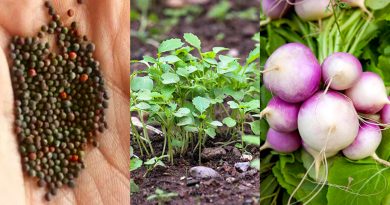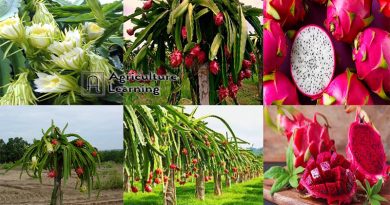Why Paddle Plant Grows Sideways?
Kalanchoe thyrsiflora is a species of flowering plant, which is native in Botswana, Lesotho, South Africa and Eswatini. The name Kalanchoe thyrsiflora was first published for the southern African species by William Henry Harvey in 1862. Kalanchoe thyrsiflora, sometimes called paddle plant, flapjacks, dog tongue or desert cabbage. It is a succulent plant known for its flat and rounded leaves. But it is toxic to people when ingested and pets. It grows best in sandy, well-drained soil with full sun and warm arid conditions. So, let’s know the reason.
Reason for Growing Sideways
Paddle plant, low-growing plants but eventually produce long stems. The plant will stand tall in bright, sunny outdoor locations and trail in lower-light conditions. A paddle plant grows in sideways when it’s not getting enough light. This is called etiolation growth. When a plant only receives light from one side, it grows toward the light, which can make it look lopsided.
Care for Paddle Plant
Rotate the plants in 90 degrees every couple of weeks. Give kalanchoe thyrsiflora plenty of bright light. Indoor plants grow well in direct or indirect and bright sunlight, such as from a south-facing. In outdoors, plant kalanchoe thyrsiflora in full to part sun. Plant kalanchoe thyrsiflora in a loose, sandy potting mix. You can also buy premade cactus soil or succulent mix, or make your own by combining one part perlite, one part coarse sand and two parts regular potting mix.
Kalanchoe thyrsiflora stores moisture in its thick succulent leaves. So, it’s quite drought-tolerant species. Water the plant less in winter. Feed kalanchoe thyrsiflora with a balanced liquid houseplant fertilizer diluted to half strength once per month starting in the late winter or in the early spring. Continue through summer, then stop fertilizing during fall in winter. Remove any leaves that are damaged or yellowing.
18 total views, 2 views today




